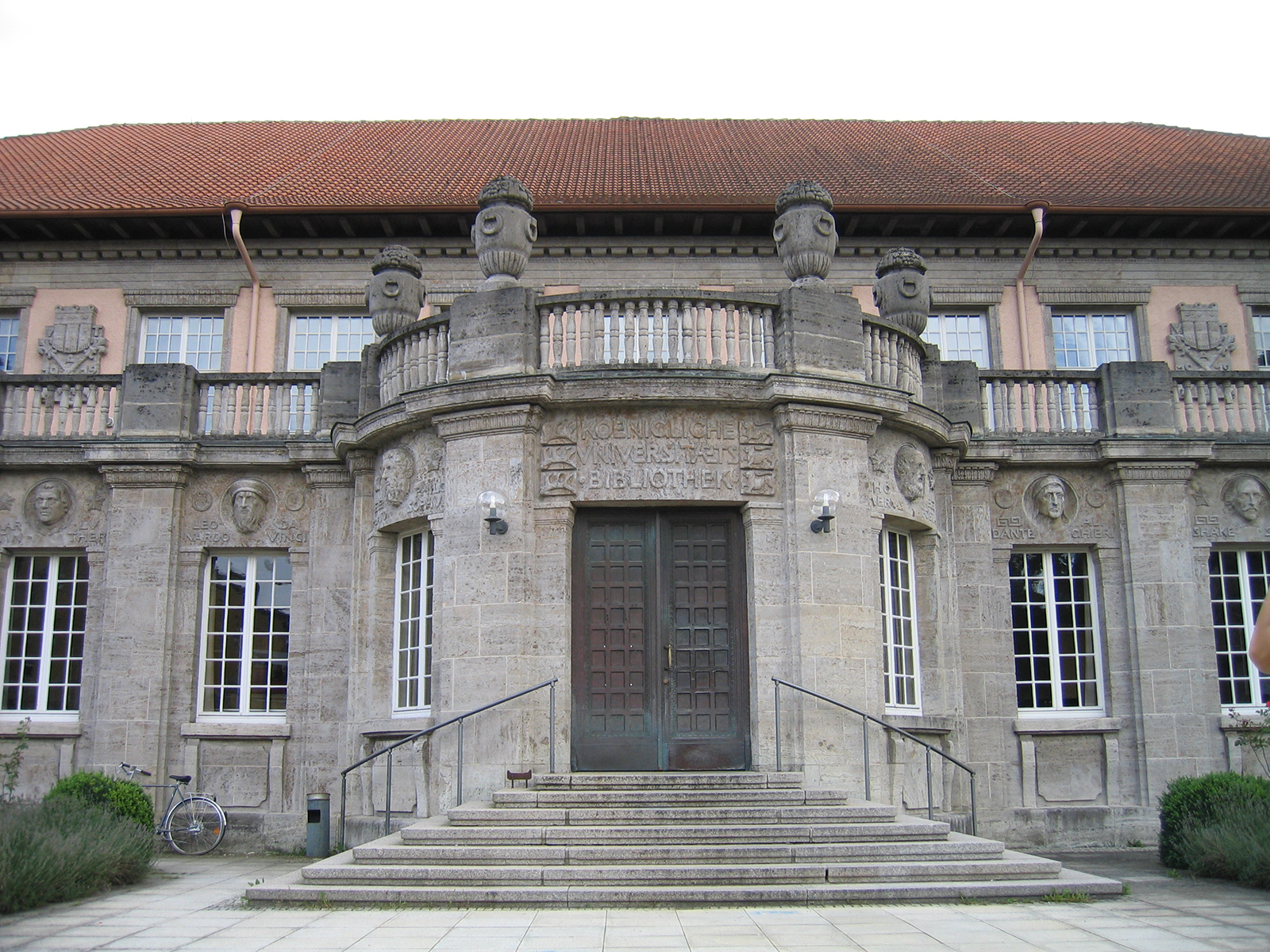Researchers Find Genetic Data From The Altai That Indicate High Mobility Of Early Hunter-Gatherers
An international research team led by the University of Tübingen, the Senckenberg Center for Human Evolution and Palaeoenvironment (SHEP) in Tübingen and the Max Planck Institute for Evolutionary Anthropology in Leipzig identified an approximately 7,500-year-old and previously unknown population in the Central Asian Altai, an who was able to show that hunter-gatherer populations in Siberia and other parts of northern Asia were mobile over long distances. Led by Cosimo Posth, Professor of Archaeo- and Palaeogenetics in Tübingen, the research team found that the Altai Neolithic hunter-gatherer population was a mixture of two different groups that had inhabited Siberia during the last Ice Age. How far the mobility of these hunter-gatherers reached, demonstrates their genetic contribution to many contemporaneous and later populations throughout northern Asia. The study is in the journalCurrent Biology published.
Archaeologically, the Altai is already known as the first place where the prehistoric Denisova people were found. “But this region is also of great importance for the demographic history of our own species,” explains Cosimo Posth. “For millennia, its geographic location made the Altai an important hub for population movements between Northern Siberia, Central Asia and East Asia,” he continues. The genetic data from the Altai showed that there had been frequent exchanges between the gene pools of people in East Eurasia at least since the early Holocene, i.e. for about 10,000 years. “Such a connection across large geographic distances is remarkable. everything points to
Genes and cultures of North Asian hunter-gatherers
To the surprise of the researchers, they found a genetic profile that differed greatly from that of the Altai hunter-gatherers in a single burial in the region from the time of the Altai hunter-gatherers. Rather, it showed similarities to populations in eastern Russia. Dubbed the “Nizhnetytkesken individual,” the man was found in a cave filled with numerous burial objects. The objects have been interpreted as possible evidence of shamanism. “This shows that people with very different genetic profiles lived in this area,” says Dr. Ke Wang, the study’s first author, who is now a researcher at Fudan University in China. It is not clear if the buried man came from far away or if the population he came from lived nearby.
The publication provides additional data from a 7,000-year-old individual from eastern Russia that shows genetic links to hunter-gatherers from the Japanese archipelago. In addition, newly recovered ancient genomes from the Kamchatka Peninsula indicate that there has been multi-phased gene flow between Native Americans and Northeast Asia over the past millennia.
These results raise questions about the extent to which genetic profiles and archaeological cultures are related in Siberian hunter-gatherer groups. According to Posth, there are still large temporal gaps in this vast geographic region that need to be filled by further interdisciplinary archaeological research and the study of ancient DNA. “We need more archaeogenetic studies focused on North Asia to find out what demographic processes were involved in the formation of different hunter-gatherer gene pools and how these might have been linked to different cultural practices,” he concludes.

